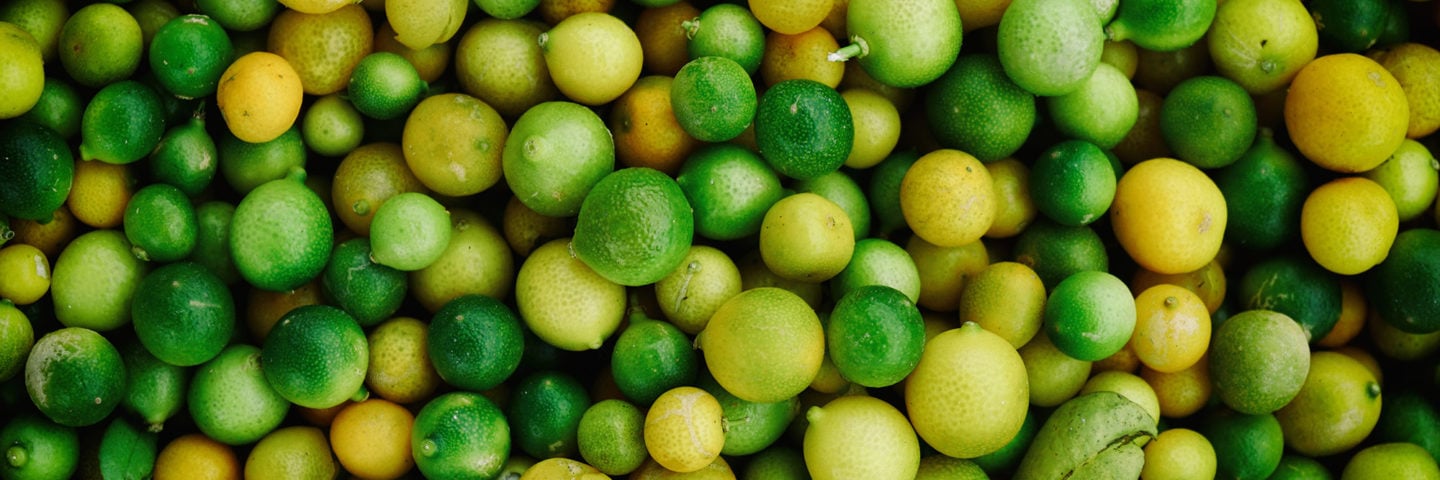JAKARTA, adminca.sch.id – Limes, the small green citrus fruits, are not only a staple in culinary dishes and beverages but also serve as an excellent educational tool in chemistry classrooms. Their acidic nature and vibrant flavor make them ideal for demonstrating key concepts such as acids, bases, and pH. By integrating the study of lime into chemistry lessons, educators can provide students with practical knowledge that enhances their understanding of chemical principles. This article will explore how limes can be used to explain acids and pH in a classroom setting, highlighting the importance of knowledge in fostering scientific literacy.
Understanding Acids and Bases

Before delving into the specifics of using lime in chemistry classes, it is essential to understand the fundamental concepts of acids and bases. Acids are substances that donate protons (H⁺ ions) in a solution, while bases are substances that accept protons. The strength of an acid or base is measured using the pH scale, which ranges from 0 to 14:
- pH < 7: Indicates an acidic solution (e.g., lime juice).
- pH = 7: Indicates a neutral solution (e.g., pure water).
- pH > 7: Indicates a basic (alkaline) solution (e.g., baking soda solution).
Lime juice, with a pH typically ranging from 2 to 3, is a prime example of an acidic substance. This acidity is primarily due to citric acid, which is abundant in limes and contributes to their characteristic tart flavor.
The Role of Lime in Chemistry Education

1. Hands-On Experiments
Using lime in hands-on experiments can make the concepts of acids and pH more tangible for students. Here are some engaging activities that can be conducted in the classroom:
- pH Testing with Litmus Paper: Students can extract juice from limes and use litmus paper to test its acidity. By dipping blue litmus paper into lime juice, students will observe it turning red, indicating the presence of an acid. This simple experiment allows students to visualize the concept of pH and understand how acids behave in solutions.
- pH Scale Demonstration: Students can prepare a series of solutions with varying pH levels—such as lime juice, vinegar, water, and baking soda solution—and test each with pH strips. This activity provides a practical understanding of the pH scale and how different substances can be classified as acids or bases.
2. Exploring Acid-Base Reactions
Lime can also be used to demonstrate acid-base reactions, which are fundamental in chemistry. For example, students can mix lime juice (an acid) with baking soda (a base) to observe a chemical reaction that produces carbon dioxide gas, resulting in fizzing and bubbling. This experiment illustrates the neutralization reaction between acids and bases, reinforcing students’ knowledge of chemical reactions.
3. Real-World Applications
Integrating lime into chemistry lessons also helps students connect theoretical concepts to real-world applications. For instance, discussing the role of lime juice in food preservation and flavor enhancement can highlight the practical uses of acids in everyday life. Students can explore how the acidity of lime juice prevents the growth of certain bacteria, making it a natural preservative in various dishes.
Understanding pH and Its Importance
Knowledge of pH is crucial for various fields, including chemistry, biology, environmental science, and agriculture. Here are some key points to emphasize in a chemistry class:
- Biological Relevance: Many biological processes are pH-dependent. For instance, human blood maintains a pH around 7.4, and deviations from this range can lead to health issues. Understanding how limes and other acidic foods can influence bodily pH can lead to discussions about nutrition and health.
- Environmental Impact: pH plays a vital role in environmental science, particularly in water quality. Students can learn about the effects of acid rain on ecosystems and how lime can be used to neutralize acidic soils in agriculture. This knowledge connects chemistry to environmental stewardship and sustainability.
- Industrial Applications: Many industries utilize acids and bases in their processes. Discussing how lime is used in the production of limewater, which is employed in water treatment, can illustrate the practical implications of pH in industrial chemistry.
Incorporating Knowledge in Chemistry Lessons
To effectively teach students about acids, bases, and pH using lime, educators should consider the following strategies:
- Interactive Discussions: Encourage students to ask questions and share their knowledge about acids and bases. This fosters a collaborative learning environment where students feel empowered to explore the subject matter.
- Visual Aids: Utilize diagrams and visual aids to illustrate the pH scale, acid-base reactions, and the molecular structure of acids like citric acid. Visual representations can enhance understanding and retention of complex concepts.
- Real-Life Examples: Incorporate real-life examples of how acids and bases affect everyday life. Discussing the role of lime in cooking, cleaning, and agriculture can make the topic more relatable and engaging for students.
- Experiential Learning: Provide opportunities for students to engage in experiments that reinforce their understanding of acids and pH. Hands-on activities not only enhance knowledge but also develop critical thinking and problem-solving skills.
Conclusion
Limes serve as an excellent educational tool for teaching the concepts of acids and pH in chemistry classes. By using hands-on experiments, exploring acid-base reactions, and connecting theoretical knowledge to real-world applications, educators can enhance students’ understanding of these fundamental concepts. The knowledge gained through studying lime not only deepens students’ appreciation for chemistry but also equips them with the tools to understand the world around them.
As students experiment with lime and witness the principles of chemistry in action, they develop a greater interest in science and its applications. Ultimately, using lime in chemistry education exemplifies how everyday fruits can become powerful instruments for learning, fostering a deeper understanding of the chemical principles that govern our lives.



